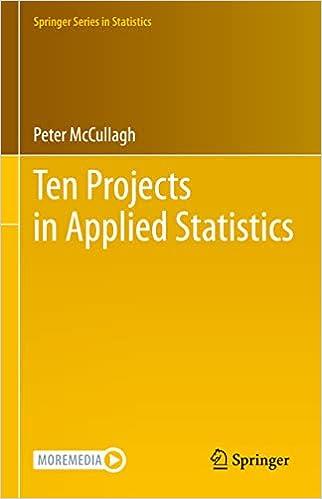The null hypothesis being tested in Exercise 18.5 is the same as that in Exercise 18.3, but
Question:
The null hypothesis being tested in Exercise 18.5 is the same as that in Exercise 18.3, but the alternatives are different: one implies exchangeability of block effects, the other does not. Discuss the implications of the fact that one statistic is strictly increasing as a function of \(F\), whereas the other is strictly decreasing for \(F<1\) and strictly increasing for \(F>1\).
Data From Exercise 18.5
Show that the REML estimate with positivity constraint satisfies \(1+b \hat{\theta}=\) \(\max (F, 1)\). What is the REML estimate for the second component? Express the constrained REML likelihood-ratio statistic as a function of \(F\), and compute the atom at the origin.
Fantastic news! We've Found the answer you've been seeking!
Step by Step Answer:
Related Book For 

Question Posted:





